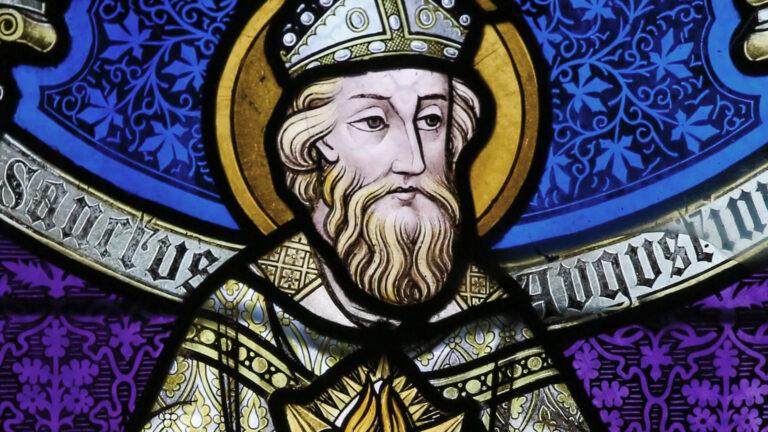When we look at Jesus, we see the substantive, functional, and relational aspects of the image of God in humanity. First, the substantive aspect is revealed through the way Jesus reflects God’s attributes. He shows us the love of the Father. He shows us God’s mercy. He shows us God’s wrath. He shows us God’s holy anger at injustice. He shows us God’s grace to the sinner. He shows us God’s hatred of hypocrisy. He shows us God’s goodness and His care. Jesus reflected these attributes perfectly.
Fallen human beings also reflect these attributes, though imperfectly. In a father’s love for his child, we see a picture of God. In the simple act of mercy to a beggar, we see a picture of God’s merciful heart. When our sense of justice is enraged by a child molester, we are mirroring the God who hears the cry of the oppressed. When we are kind to the needy and outcast, we are imaging the God who created us. Our revulsion to hypocrisy also mirrors God’s nature. Of course, we do not reflect God’s image perfectly. Only Jesus is the true mirror image of God, since He is both God and man. But even in our fallen state, we can see reflections of God’s character and attributes.
Secondly, the functional aspect of the image of God in humanity is seen through Jesus’ actions. Jesus reflects God, not only by who He is, but by what He does. When He calmed the storm, He showed His power over nature and His dominion over the earth (which, by the way, was part of the mandate given to Adam). Jesus sought out the lost. He freed those who were held captive to demon possession. He suffered in the place of sinners. He fed thousands on the mountaintop, revealing God’s provision. Jesus perfectly reflected God’s image by what He did.
Fallen humanity also reflects God’s image functionally, albeit differently than Jesus. Whenever we create something, whether a piece of art or music or a sculpture, we are mirroring the God who created the world out of nothing. When we rule wisely over creation, using its resources with care and avoiding waste, our rule of the earth mirrors the God who is Lord of the universe. When we rest and enjoy leisure, we are imitating the God who rested on the seventh day. When we choose to suffer that others may have comfort, we are imaging the Savior who died, that others may live.
Thirdly, Jesus reflects God relationally. In His relationship to the Father, He is showing us what God is like. In His relationship with the disciples, He is mirroring the patience, love (and even frustration) that God has for His children. In His relationship with the blind religious leaders of the day, He reflects God’s wrath upon those who tolerate injustice and savor cold-hearted religion. The way Jesus relates to the Father, to the disciples, and to others shows us a perfect picture of God.
Fallen humanity also reflects God’s image in this way. Even though our relationships are tainted by sin and our relationship with God is often laced with impure motives, the reality of our even having relationships points to the Trinitarian God who made us. We reflect God when we worship Him as Father, Son, and Holy Spirit. We reflect God when we love the people He made in His image. We reflect God when we marry, leaving our family relationships to cleave to our spouse.

















